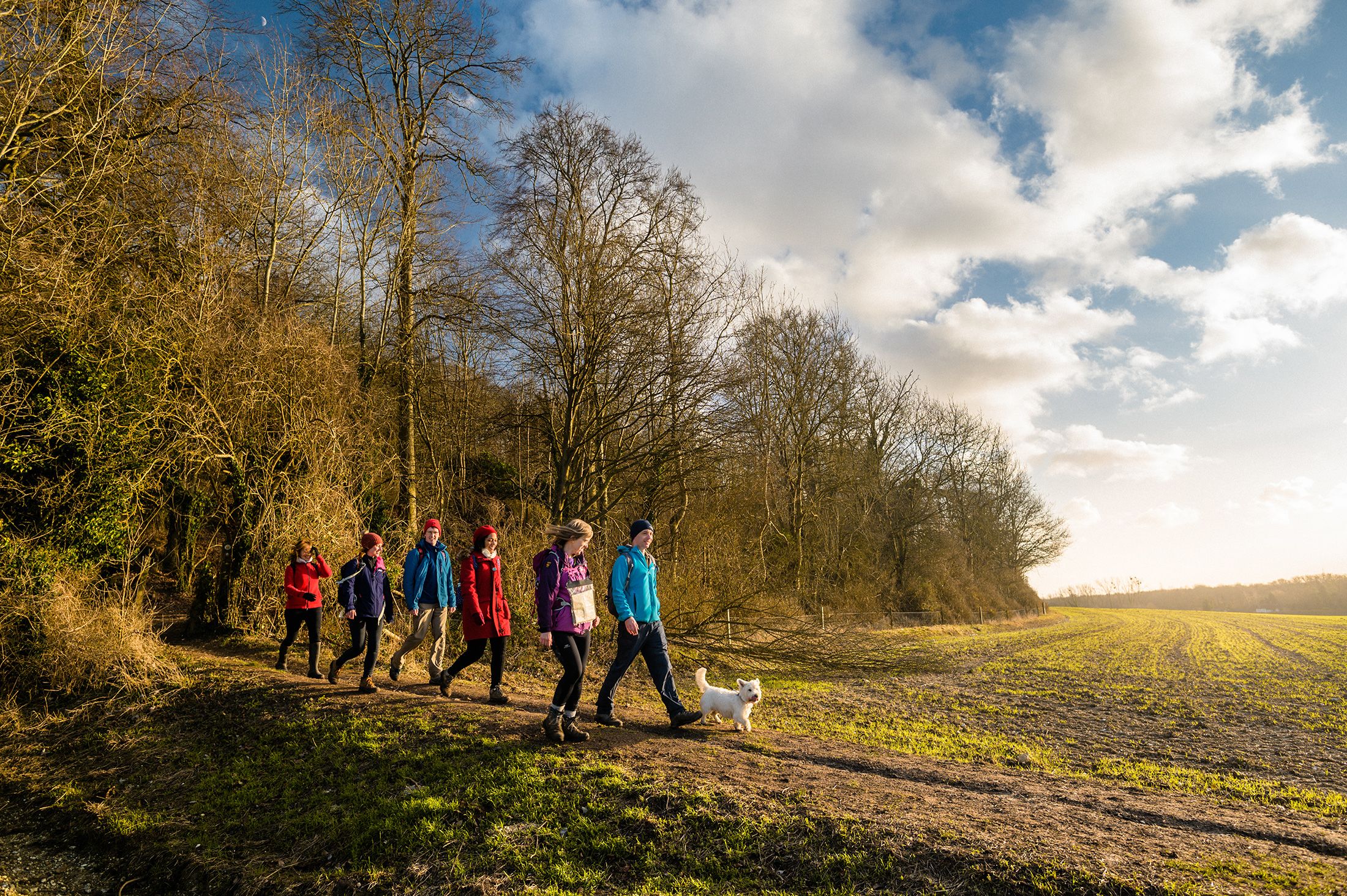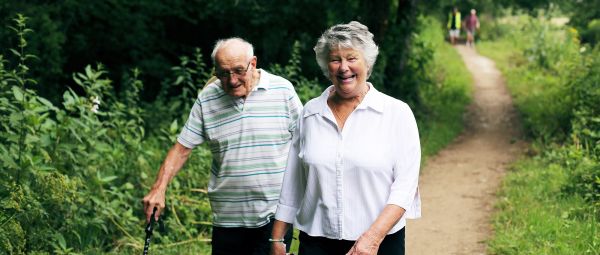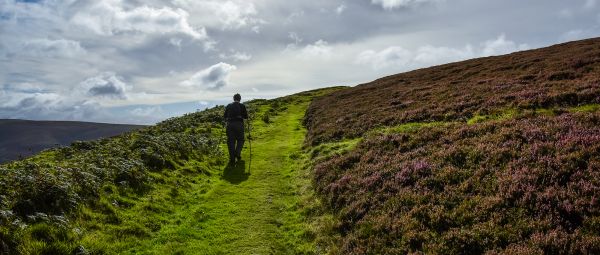Shared use – walking and cycling
Our position on changes to the path network in England and Wales designed to increase cycling opportunities

Protecting walkers’ rights on the path network
Government statistics show that walking, for both recreation and as a means of getting from A to B, is increasingly popular. More of us walk than cycle. Walking is also the main reason people visit the countryside.
However, cycling is growing in popularity. For safety, environmental and enjoyment reasons, cycling campaigners are increasingly looking to provide more opportunities for cyclists to use the path network instead of roads. This trend is likely to continue in the coming years. In efforts to make space for cyclists it is critical that the interests of walkers are protected.
Current picture
Cyclists have the right to use:
- a carriageway
- bridleways
- cycle tracks
- restricted byways
- byways open to all traffic (BOATs)
Cyclists do not have the right to use public footpaths and it is an offence to cycle on pavements. Taken together, this means that cyclists can currently use approximately a quarter of all rights of way in England, and about a fifth in Wales.
Local highway authorities are legally able to create shared use routes which accommodate both walkers and cyclists. There are two ways in which they can do this:
- pavements and public footpaths can be converted into cycle tracks
- new rights can be established on routes previously designated as footpaths which enable cycling to take place.
- In Wales, through the legal duty on highway authorities to make continuous improvements to active travel provision.
This legislation, coupled with political support to increase levels of cycling and a growing demand from users, could have significant consequences for walkers and the path network.
Our position
We do not support proposals for cycling to be allowed as a matter of course on all footpaths in England and Wales.
While we will work with other user groups to improve the path network for the benefit of all, we oppose changes which are detrimental to the interests of walkers.
Changing the status of a footpath or footway to bridleway or cycle track must be considered on a case-by-case basis, with decisions based on an objective consideration of a range of factors in each location. These include the width of the path, levels of use, surfacing, gradients, maintenance proposals and monitoring.
.jpg?itok=hYRjZriB)
The definitive guide to rights of way law
An invaluable expert guide to rights of way law published by the Ramblers and the Open Spaces Society.

Disability and public access
Spending time outdoors in nature should be easy, accessible and enjoyable for all. But our paths, tracks and trails are not always accessible to everyone.

Motor vehicles and rights of way
The use of motor vehicles on paths can also spoil the enjoyment of the countryside for walkers. We’d like to see better protection for paths.